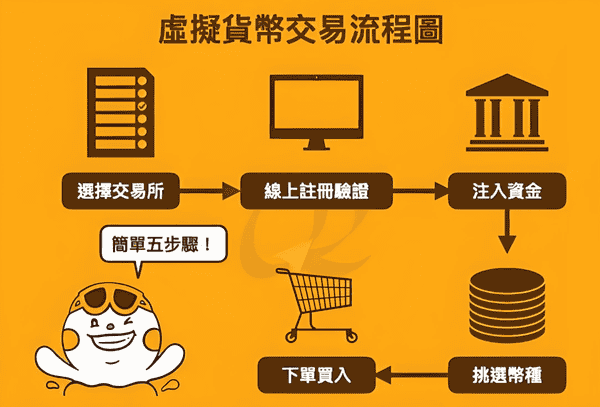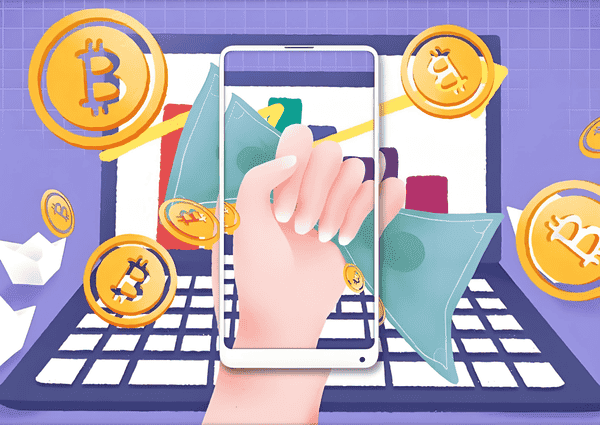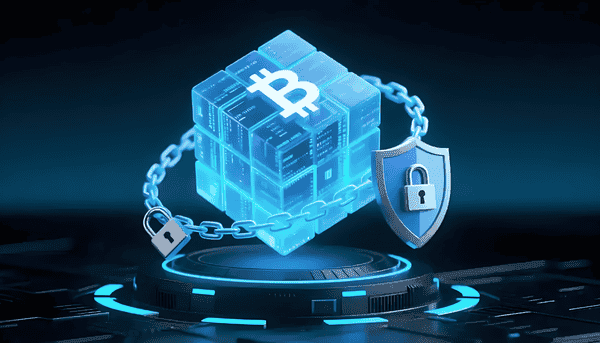For beginners who are new to cryptocurrencies, hearing the term 'trading' probably brings up a lot of questions: How to choose an exchange? How to register an account? How to convert it to cash after buying? Don't panic! Today, I will guide you through the entire cryptocurrency trading process in a casual manner, from zero knowledge to successful withdrawals, helping you solve all your questions at once!

Step 1: Choose a reliable exchange - Finding the right 'market' is crucial.
Cryptocurrency trading must be done on an exchange, which is like the 'marketplace' of the crypto world. However, there are many exchanges available, some of which look reputable but might actually have hidden traps. When choosing an exchange, prioritize platforms with good reputations and reviews, such as Binance or Coinbase. Look carefully at user feedback, trading volume, and whether they have legitimate regulatory qualifications. Don’t just register on any random platform for a small 'fee discount'; you might regret it later.

Step 2: Register an account + Real-name authentication - Give your account an 'ID card'.
Once you have chosen an exchange, you need to register an account. This process is similar to registering a social media account: fill in an email, set a password, receive a verification code, and it’s done in a minute.
Next is real-name authentication; this step is to comply with anti-money laundering and know-your-customer policies in various countries, and it's not the platform trying to make things difficult for you. You need to upload your ID, and some platforms may ask you to take a selfie to prove 'it's really you'. Some platforms have surprisingly fast review speeds, while others may require some patience. Don’t find it troublesome; this is an important step to protect your wallet's safety, just like installing a security door at home.

Step 3: Fund your account - Top up your 'game account'.
Once your account is set up, you can fund your exchange account. There are two ways to fund: fiat funding and cryptocurrency funding.
If you’re funding with fiat, you need to link your bank card or payment platform account and transfer the money in; if you’re funding with cryptocurrency, such as USDT, you need to transfer it from another wallet to the designated address of the exchange. Regardless of the method you choose, be sure to carefully check the account and address; if you transfer to the wrong one, your money could be lost, and then don’t come crying to the platform.

Step 4: Purchase cryptocurrencies - Start 'stocking up' now.
Once the money arrives, you can start buying cryptocurrencies. Most exchanges have fiat trading pairs, such as USDT/BTC, so you can directly exchange fiat currency for Bitcoin. You can also trade one cryptocurrency for another in the crypto-to-crypto market, for example, using USDT to buy Ethereum (ETH).
On the trading page, enter the amount or quantity you want to buy, choose a market order (select this if you want to execute it quickly) or a limit order (set a price and wait to execute). After the operation, the purchased cryptocurrency will be stored in your trading account.

Step 5: Store it in a wallet - Find a safe home for your 'treasure'.
After buying cryptocurrencies, you have two options: keep them in the exchange, or transfer them to your own wallet.
Keeping your funds in the exchange allows for easy buying and selling at any time, but it's like leaving your money on a vendor's stall in the market, which may carry the risk of being targeted by thieves. A safer option is to move it to a cold wallet or hot wallet. A cold wallet is like a safe at home, stored offline with high security; a hot wallet is stored online, suitable for frequent operations. Which to choose depends on your needs, but the important thing is to keep your mnemonic phrase and private key secure; if you lose them, the money in your wallet could belong to someone else.

Step 6: Withdraw and cash out - Turn your 'treasure' into real money.
When you want to turn cryptocurrencies into cash, you can sell them for fiat and then withdraw to your bank card. Alternatively, you can transfer them directly to another trading platform or wallet that supports transactions.
If you withdraw fiat, the exchange will charge a small fee, and the time it takes to arrive depends on the bank's processing speed; sometimes it's fast, sometimes it's slow, so don’t rush, it won’t help. If you're transferring to another wallet, be sure to double-check the address; don’t make a mistake due to a shaky hand. It's worth mentioning that some countries have regulatory requirements for cryptocurrency withdrawals, and you may have to pay taxes, so don’t forget to comply with local laws, or you might run into trouble.
Important Notes
Although the cryptocurrency trading process is not difficult, the risks are significant. This market can be more thrilling than a roller coaster when it fluctuates, so be very cautious when investing; when choosing exchanges and wallets, do your homework to ensure your money is safe. Most importantly, don't fall for those 'guaranteed profit' scams; maintain a rational investment mindset, or you might easily become someone else's 'chives'.
Cryptocurrency trading is actually not that complicated. Just follow the steps one by one, and you'll be able to get started quickly. But when it comes to investing, safety and rationality are always the most important.


